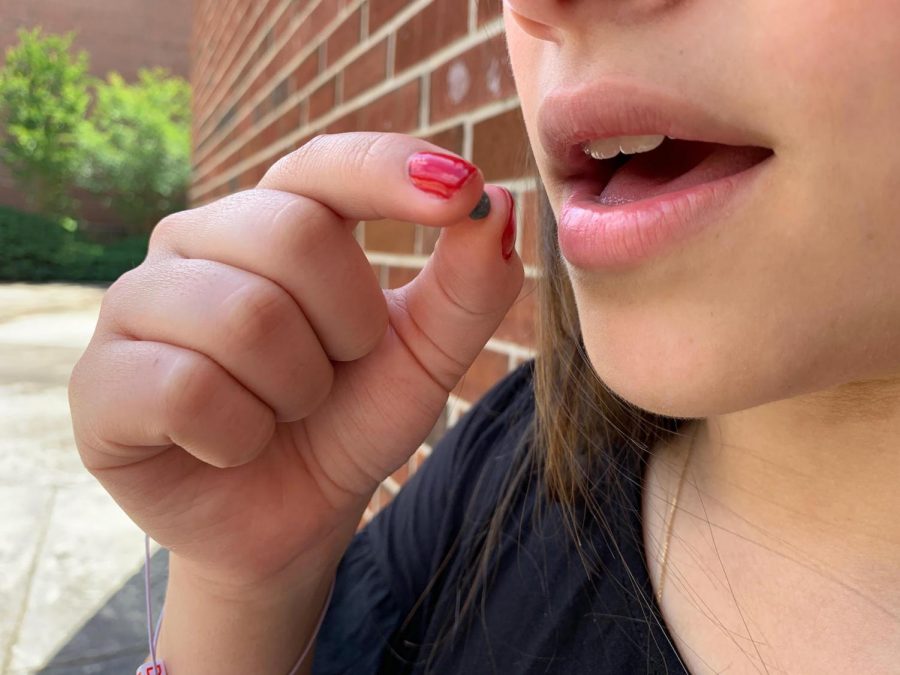There are always options
Birth control methods work differently for different people. Depending on specific needs, body types, and comfort levels, finding the right method might come as a struggle. By educating oneself on all available products and their actions finding that perfect tool will come at ease.
May 12, 2019
Birth control, contrary to popular belief, comes in multiple different forms and is used for more than just preventing pregnancy. From pills to implants, birth control helps reduce the number of painful menstruation cramps and regulate menstruation while also working to prevent pregnancy.
The pill, one of the most common forms of birth control, is taken at the same time every day. The pill works by releasing estrogen and progestin hormones into the body, which help keep the ovaries from releasing eggs. They also increase cervical mucus, making the sperm’s journey to eggs difficult. When used correctly and consistently, the pill effectively works 99 percent of the time. Pills will also help ease the pain of menstrual cramps, making that time of the month bearable. Each pack comes with three weeks of hormone pills and one week of a placebo, also known as sugar pills, in order to allow the body to menstruate regularly.
The patch, like the pill, releases estrogen and progestin into the body in order to thicken cervical mucus and stop the ovaries from releasing eggs. The patch, when used correctly and changed weekly, also works 99 percent of the time to prevent pregnancy, while also helping with menstrual pains. Place a new patch on skin weekly for three weeks, then do not use a patch for a week to allow for menstruation.
The hormone shot injects progestin into the body. Like the patch and the pill, the injection will thicken the cervical mucus and keep the ovaries from releasing eggs. If injected once every three months, the shot holds a 99 percent effective rate.
An intrauterine device (IUD), a flexible T-shaped object, is inserted into the uterus. A copper IUD, the most common type of IUD, helps to prevent sperm from reaching eggs by affecting the way the sperm moves. As a hormone-free contraceptive, the copper IUD does not affect the body’s natural cycles. These devices last up to ten years with a 99 percent effectiveness. The hormone IUD releases progestin into the body, working just like the pill, to thicken cervical mucus and prevent egg release. These also work 99 percent of the time. Both IDU types help reduce the pain that comes with menstruating.
After insertion into the vagina, the ring releases estrogen and progestin. Similar to the shot, pill, and patch, the ring thickens the cervical mucus and stops eggs from releasing. When changed monthly and used correctly they hold a 99 percent effective rate.
The most easily accessible form of birth control, condoms, are located at any local drug store. The latex or plastic condom works as a net, catching sperm after throughout sex. When used correctly and during any sexual intercourse, condoms work effectively 98 percent of the time. Condoms also help to prevent most sexually transmitted diseases such as genital herpes, unlike any of the other birth control forms.
Researching different types of birth control will help individuals find the right method for their personal needs. Whether one needs help with reducing pain, regulation of periods, or preventing pregnancy, information and access to birth control should become available to everyone.

















